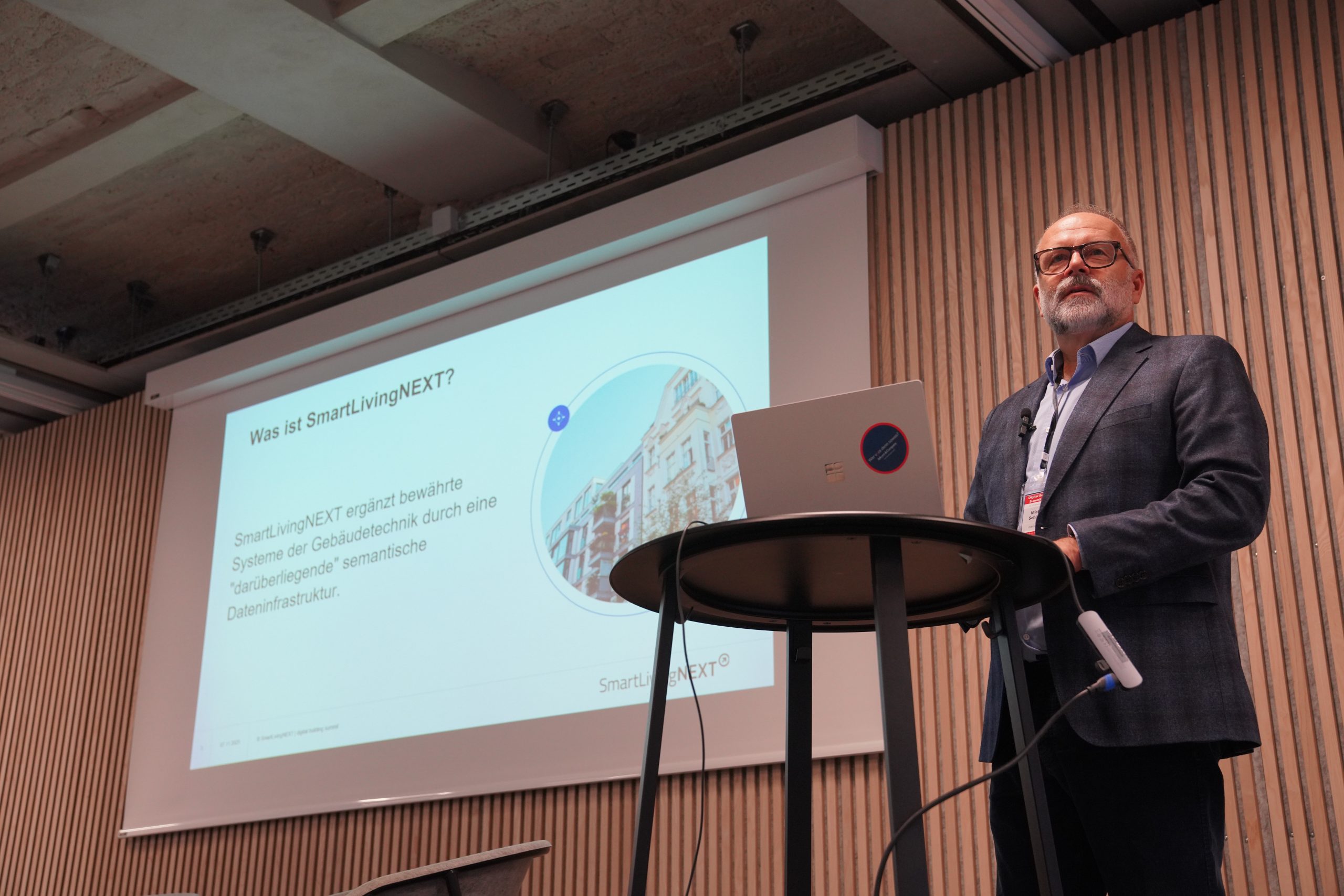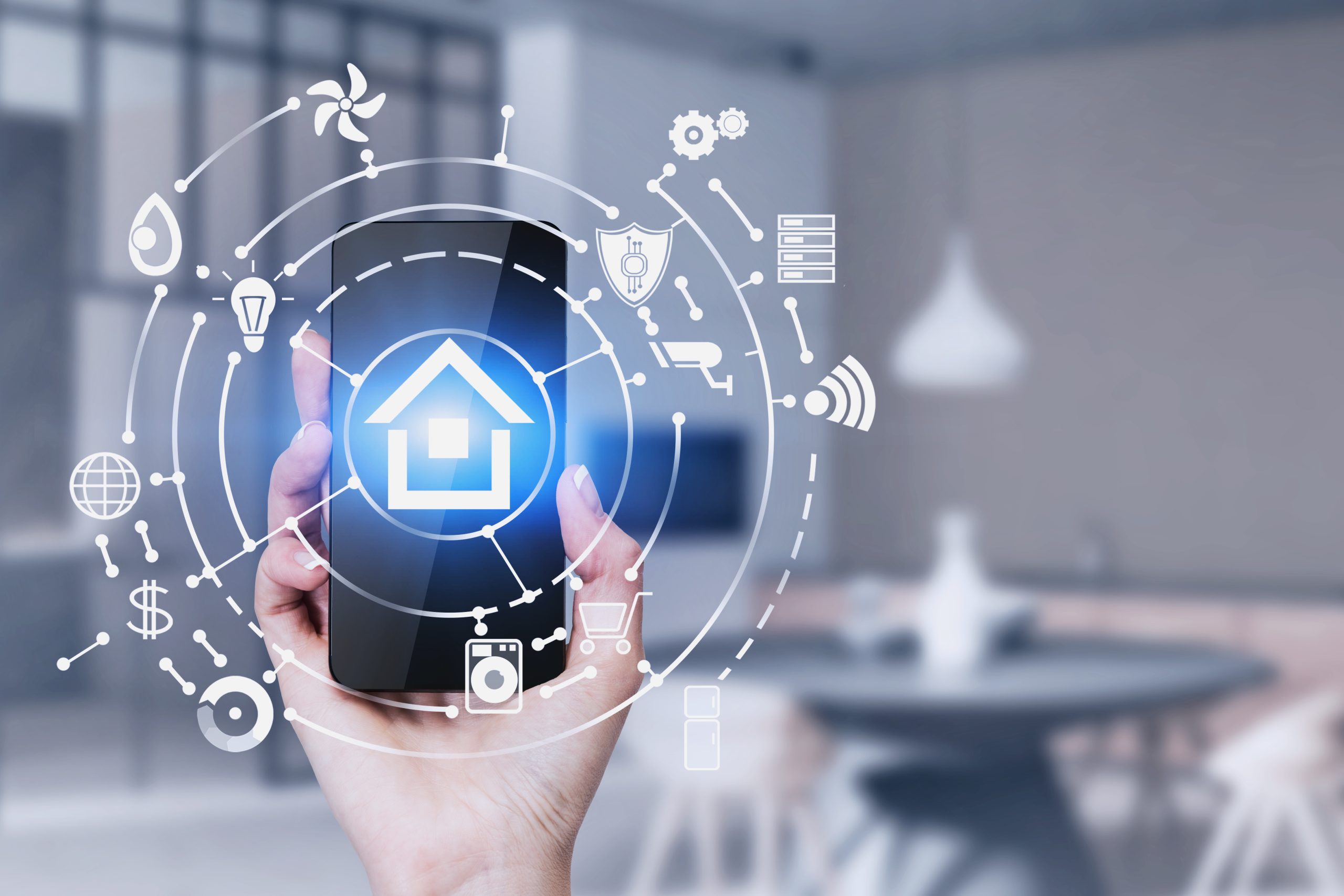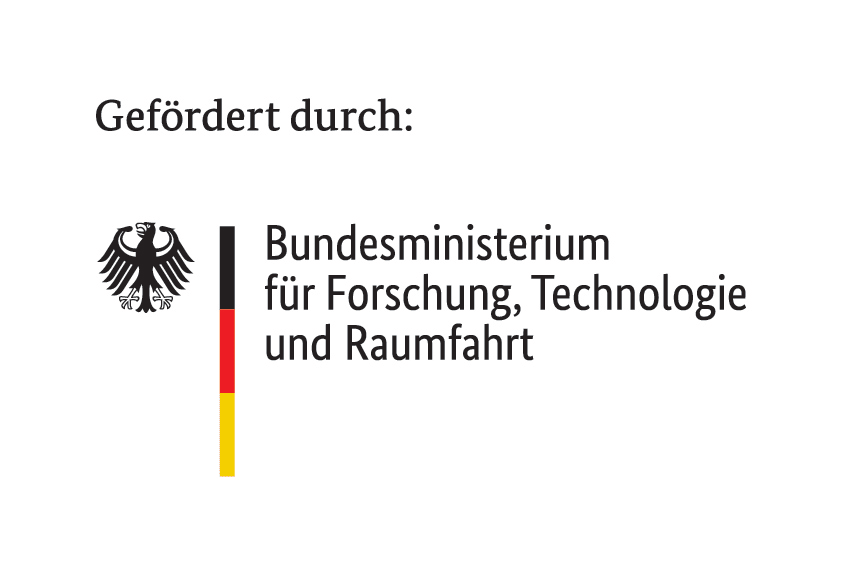“Smart technology is an investment in future-proofing, operating efficiency and user comfort.”
11. June 2025
6 minutes
Elsner Elektronik GmbH is a family-run company that specializes in the development and production of control systems for building automation. We talk to Bastian Elsner, Managing Director and son of the company founder, about the potential and trends in building automation and the motivation behind his involvement in SmartLivingNEXT.

Mr. Elsner, your company is a well-known specialist in building automation. What general technological trends do you currently see in the field of smart building technology?
We currently see three major topics in smart building technology that will change the market in the long term. First and foremost for me is the issue of security. European regulations such as the Cyber Resilience Act and the Cyber Security Act are increasing the focus on cyber security. The second major trend is energy management. Energy prices, the desire for independence and the focus on sustainability mean that customers want to control their buildings more intelligently – be it for photovoltaics (PV), heat pumps or load management. Building automation is the key to implementing this in an efficient and user-friendly way. And finally, artificial intelligence (AI) is increasingly being discussed as the next evolutionary step in automation. We are still relatively at the beginning here, but the potential is enormous, especially when it comes to adaptive controls, automated energy management or the integration of external data sources.
Which building automation features and applications are currently particularly important to buyers and residents?
When we talk to customers – whether in private residential or commercial construction – one topic is always at the top of the agenda: Comfort. Whether it’s lighting, shading, heating or voice and app control, the core issue is making everyday life easier, more pleasant and smarter. The classic trades are still the most important: intelligent lighting control, automatic shading or efficient heating management. These are the areas where we have the greatest leverage for comfort and efficiency. In functional buildings in particular, it is important to me that smart technology is not seen as a mere “cost block”, but as an investment in future security, operational efficiency and user comfort. Because it is precisely here, where many people come together – whether in the office, in the practice or in the school – that good building automation can make all the difference.
Your company recently became an associated partner of SmartLivingNEXT. What expectations do you have of this partnership and what synergy effects do you hope to achieve?
Ever since I joined the industry, I’ve been asking myself one question: why are we still making so little use of the possibilities of AI in building automation? At Elsner Elektronik, we have been developing sensor technology for decades that provides enormous amounts of data: from temperature and light values to the CO₂ concentration in the room. This information is available in standardized form via KNX, but the intelligent, forward-looking use of this data, for example in the sense of predictive control, is often still in its infancy.
This is exactly where I see SmartLivingNEXT’s starting point: we not only want to collect data, but also make it intelligently usable in order to take building automation to the next level. As a medium-sized manufacturer, we expect synergies from the partnership in a number of ways: from greater visibility and professional exchange to active involvement in shaping future standards.
When you think about your customers, what do you think would be AI-supported applications that could serve as a “sales booster” for classic building automation that do not yet exist in this form?
When I think of real AI applications in building automation, I see huge potential in the area of energy efficiency. After all, if you can control the major consumers in a building, you have a direct lever for savings and sustainability, and that’s exactly what we achieve with intelligent building automation.
One concrete application would be a learning heating curve, for example: If a user regularly adjusts the temperature downwards, the system should be able to learn from this and automatically adjust accordingly. This prevents unnecessary heating while maintaining comfort. User behavior is integrated into the control system. Not just in the form of scenes, but through real data analysis. In my view, this is not a gimmick, but a real sales booster: because such applications are a clear sales argument for building owners, operators and planners.
In your opinion, what other challenges need to be overcome for smart living to become widespread and for sustainable, intelligent building solutions to become established across the board?
The biggest hurdle for me is the lack of knowledge among many planners as well as builders and investors. Unfortunately, I see this regularly in my day-to-day work when I receive specifications: Outdated products, long outdated planning approaches. And this at a time when technology is developing rapidly. I understand that it’s exhausting to always stay up-to-date. But that is precisely the key: only those who know the possibilities can use them.
What do I think is needed? More political backing, targeted support and, above all, open standards. Because one thing is particularly important to me: we don’t want to put our customers in a golden cage. Smart living must not become a playground for proprietary systems. We need solutions that are interoperable, can be used in the long term and are transparent. And that is precisely why I see SmartLivingNEXT as a great opportunity to set the right course together.
Listen to the article (in German):
Editorial office:
Ilka
Klein
Category:
Flagship project




